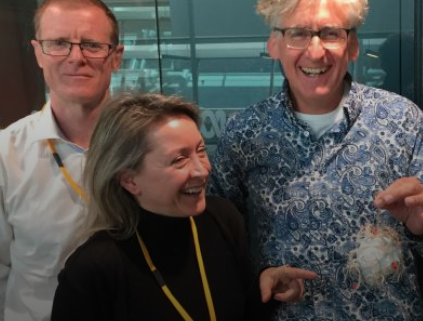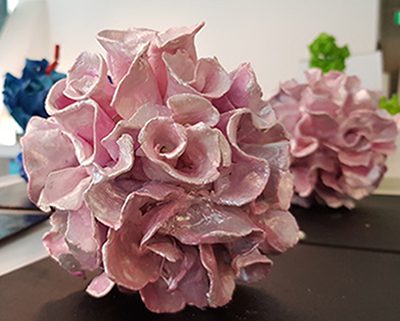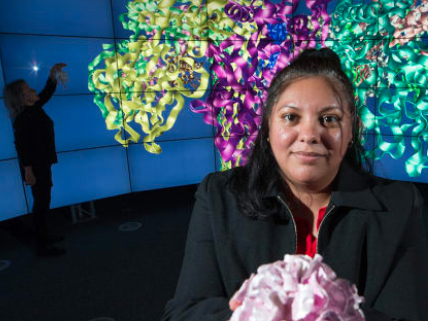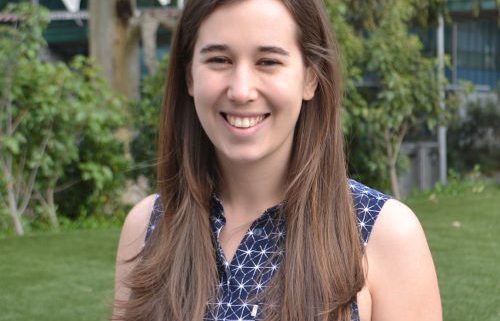Jamie and Erica join Jon Faine on The Conversation Hour
Word nerd David Astle is Jon Faine’s co-host. He is a cruciverbalist, author, columnist, and star of the inexplicably discontinued Letters and Numbers (SBS TV). His books include Wordburger, Riddledom, Cluetopia, Puzzled, and most recently David Astle’s Gargantuan Book of Words Puzzles, games and stories for wordy whiz-kids! David will be presenting Evenings, ABC Radio Melbourne & Victoria for a couple of weeks from next Wednesday. He is also host of the 2018 Albury-Wodonga Winter Solstice for Survivors of Suicide and Friends featuring poet Les Murray, actor Samuel Johnson, and NRL footballer Ian Roberts at QEII Square, Albury on Thursday 21st June from 5:00pm.
Their first guest is Psychoanalyst and Organisational Consultant, Phil Stokoe. He is a Training Analyst with the British Psychotherapy Foundation, and was the Clinical Director at the Tavistock and Portman NHS Foundation Trust in London. Phil is in Melbourne for the 2018 Freud Conference: populism and the attack on knowledge elites – psychoanalytic and political science perspectives at The Melbourne Brain Centre, Kenneth Myer Building, 30 Royal Parade, Parkville tomorrow (Saturday 26th May 2018) 8:30am to 6:00pm.
Then they are joined by immunologist Prof Jamie Rossjohn and artist Dr Erica Tandori.
Jamie is Head of the Infection and Immunity Program at Monash University, an ARC Laureate Fellow, and Professor of Structural Immunology at the School of Medicine, Cardiff University, UK. He is the 2018 Australian Society for Biochemistry and Molecular Biology (ASBMB) Lemberg Medal recipient.
Erica Tandori is Artist in Residence for the Monash Biomedicine Discovery Institute’s Sensory Scientific Exhibition and Discovery Day on Thursday 31 May2018, 8.45am – 1pm (G54, Learning and Teaching Building, 19 Ancora Imparo Way, Monash University, Clayton). She is legally blind and has been making tactile models of various molecules to make understanding of their form possible for those who can’t see them through a microscope.
Listen to interview (skip to 29mins for Jamie and Erica).





